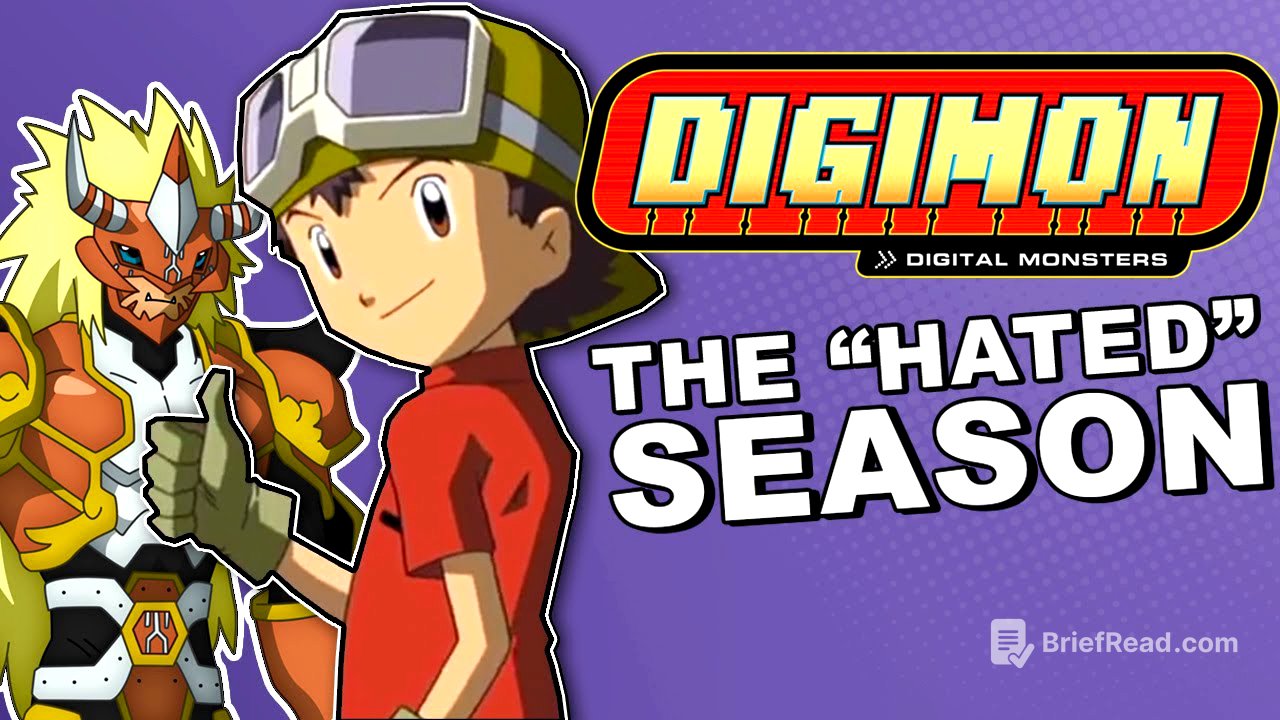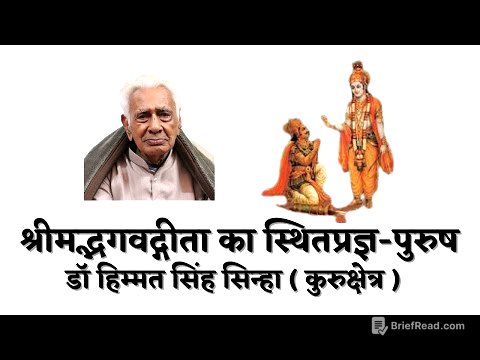TLDR;
This video is a review of Digimon Frontier, where Billiam shares his thoughts on the series, highlighting both its flaws and some aspects he enjoyed. He discusses the plot, characters, villains, and overall impact of the show, comparing it to other Digimon series and analyzing why it may have led to a decline in American interest in the franchise.
- The plot of Frontier is simple but has a lot of filler that doesn't reflect the lore.
- The characters are one-note and their drama feels forced.
- The villains are repetitive and their motivations are unclear.
- Frontier changed the formula of Digimon, but not in a way that was engaging.
Introduction [0:00]
Billiam reflects on his early experiences with Digimon, noting that he didn't see every episode when it originally aired due to limited availability. It wasn't until YouTube that he was able to watch all of Digimon Adventure and other series. He expresses his love for the partner Digimon concept, which made him initially dislike Digimon Frontier because the kids transform into Digimon instead of partnering with them. However, he acknowledges that there are many great stories without partner Digimon and states that the issue with Frontier lies in other aspects.
Digimon Frontier Plot [2:22]
Digimon Frontier takes place in a separate universe where children receive a mysterious call to pursue their destiny and board a train to the digital world. Five children are chosen to become the legendary warriors by transforming into Digimon to stop an ancient evil. The plot is simple but well-constructed, with early foreshadowing. The conflict revolves around an ancient feud between beast-type and human-type Digimon, but this conflict isn't well-represented outside of the backstory. The series contains a lot of filler that doesn't contribute to the world-building.
Characters [4:18]
The main cast of Frontier includes Takuya, Koji, Tommy, Zoe, and JP, but their characters are not well-developed. Tommy repeatedly learns the same lesson about fending for himself, while JP and Zoe learn the meaning of friendship. Koji has attachment issues due to his mother's supposed death, which later turns out to be a lie. He also has a twin brother who is controlled by an evil Digimon. Takuya, as the main character, lacks a strong dynamic with the others. The character drama feels forced and unrealistic, with external magical forces causing conflict rather than genuine character interaction.
Villains [6:45]
Frontier's villains, particularly the five evil legendary warriors, overstay their welcome. Their repetitive actions involve scanning data to gain power, leading to the kids losing until they eventually gain more power. Unlike Digimon Adventure and Tamers, where villains had other motivations, Frontier's villains solely focus on defeating the kids. The characters lack a motivating force to stay in the digital world, choosing to remain for unclear reasons.
Conclusion [8:54]
Billiam clarifies that his review is not meant to be angry and lists aspects he liked about Digimon Frontier, such as the dynamic between the kids, Bokomon, and Neemon, the rebirth of the celestial Digimon, the flexible power scaling, and the English dub. He argues that Frontier gets a bad rap for changing the formula, but it was conforming to existing anime tropes rather than innovating. The characters are boring, the world is inconsistent, and the story moves slowly. Billiam considers Digimon Frontier the end of classic Digimon in America, leading to a hiatus and a decline in American interest in the franchise. He suggests that the show's lack of engagement caused viewers to dismiss it, especially those skeptical of the change in formula.









